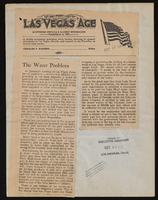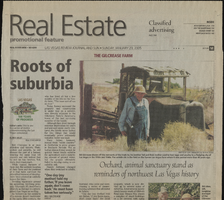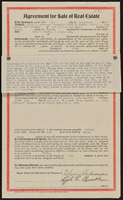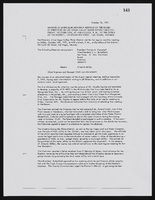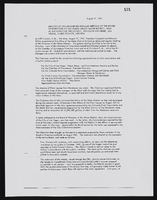Search the Special Collections and Archives Portal
Search Results
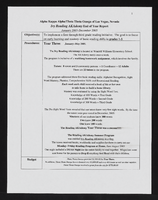
Alpha Kappa Alpha Sorority, Theta Theta Omega Chapter Ivy Reading AKAdemy report
Date
2005
Archival Collection
Description
From the Alpha Kappa Alpha Sorority, Incorporated, Theta Theta Omega Chapter Records (MS-01014) -- Chapter records file.
Text
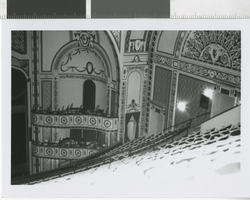
Photograph of the interior of the Shubert Theatre, Cincinnati (Ohio), 1970
Date
1970
Archival Collection
Description
The Shubert Theatre stage as seen from the upper house left side of the balcony seats. Two sections of box seats are visible. The intricate wall designs are visible above the box seats and above the exit for the balcony rows. The 3,000 seat Shubert Theater was built inside what was originally the city’s original YMCA (which opened in 1848). The theater opened in 1921 as a venue for legitimate theatrical performances. The Shubert Theater switched to a combined use venue for movies and stage shows in 1935. The theater was closed in 1953 and reopened as Rev. Earl Ivies' Revival Temple. Just two years later, however, the Shubert Theater was renovated and once again returned to legitimate theater. In 1976, the Shubert Theater was demolished to make way for a parking lot. Today, there is an office building on the site. Site Name: Shubert Theater (Cincinnati, Ohio) Street Address: 90 East 7th Street
Image
Pagination
Refine my results
Content Type
Creator or Contributor
Subject
Archival Collection
Digital Project
Resource Type
Year
Material Type
Place
Language
Records Classification


